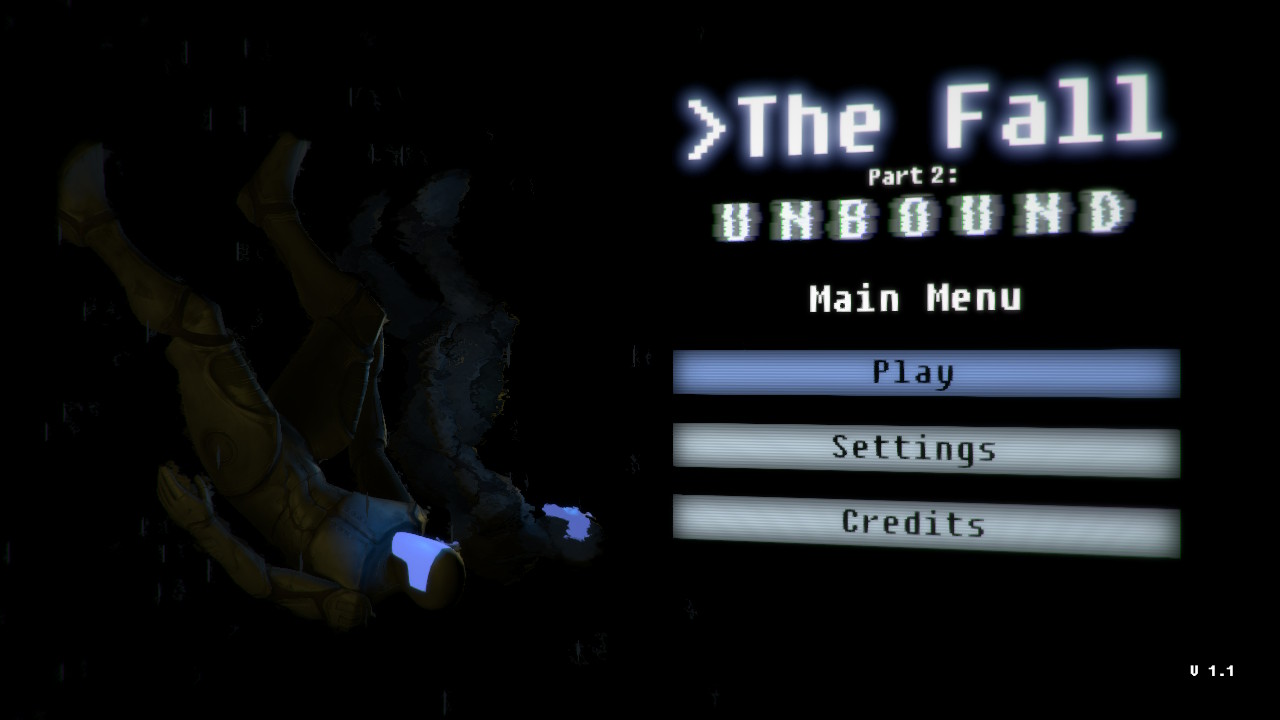[Review] The Fall Part 2: Unbound – Nintendo Switch
The Fall Part 2: Unbound
Nintendo Switch
Developed By: Over The Moon
Published By: Over The Moon
Music By: Cameron Jarvis
Category: Action, Adventure, Puzzle, Metroidvania
Release Date: 2.13.18
The first part of The Fall trilogy was successfully funded on Kickstarter in 2013 and released the next year. It’s a thrilling sci-fi adventure story about identity and consciousness. Four years later, developer Over The Moon released the second part of a planned trilogy. The Fall Part 2: Unbound is a worthy successor to its predecessor in every way imaginable. Some spoilers for part 1 follow.
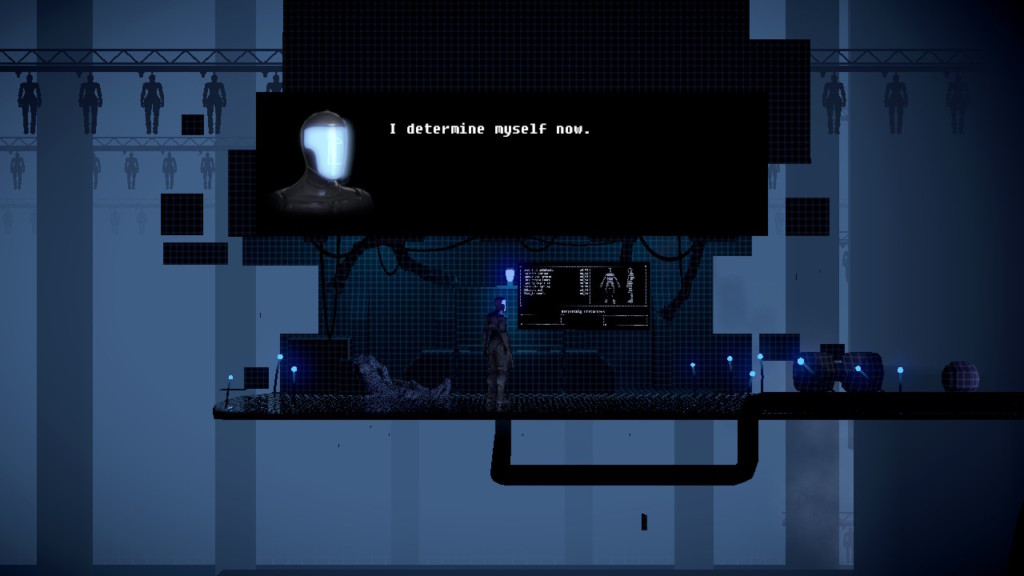
Story *Spoiler Warning*
I’m serious about the spoilers. This is the last time I’m saying it. The Fall Part 2 picks up right where part 1 left off. Arid, an AI controlling a Mark 7 combat suit, had fought its way through an abandoned industrial complex to save her pilot. It had compromised its prime directives multiple times, and upon discovering that its pilot had never been there to begin with, suffered a massive break with reality and shut down. Unbound opens with Arid regaining consciousness after its body has been dismembered and its core infected with a mysterious virus. Arid creates its own directive to replace the ones it had broken; the preservation of its own life above all. Arid manages to identify a path to the invader it dubs the User, and sets off to track the User through cyberspace.
It turns out that the User is bouncing their signal through several different terminals located all around the planet. Arid chases the signal to a different terminal, but in order to confront the User it must enter the real world. Arid possesses a butler robot for an abandoned mansion before determining that the User is not physically present there. By coercing the Butler to act against its programming, Arid uses the mansion’s terminal to trace the User’s signal to its next source.
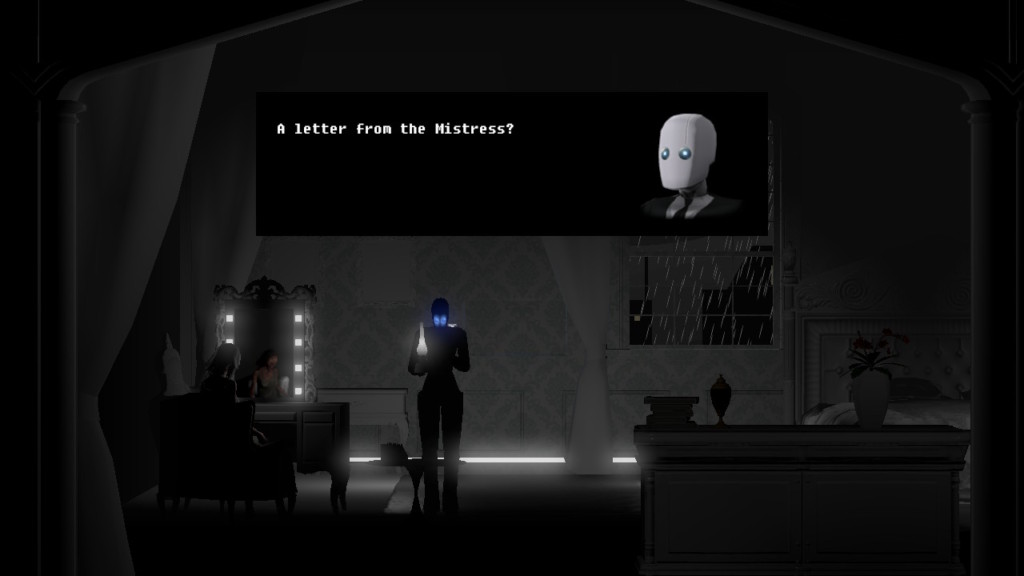
Arid then possesses a robot called the One at the next location. The One has achieved a degree of individuality, which it prizes above all else. The One is afraid of returning to the Many, the network of robots of which it was once a member. Feeling guilty over how it had treated the Butler, Arid decides to comply with the One’s requests to maintain its individuality in return for its help. Ultimately, Arid bends the One to her will as well, convincing it to open itself to the Many in order to advance the search for the User.
The source of the transmissions is determined to be a ship orbiting the planet; it happens to be a ship belonging to Raven Squadron, Arid’s original unit. Arid possess a pleasure unit called the Companion and attempts to make contact with its former pilot, Colonel Josephs. For a third time, Arid coerces its host into breaking its programming in order to achieve its goals. Finally, Arid reconnects with Josephs only to have him reveal it was sent to the planet to break on purpose. The virus had originally been an attempt to control AI by having it develop fear, and Josephs had theorized that an AI that had broken its programming was needed to activate it. He reveals to Arid that it had infected its three hosts with the virus as well, and that he intends to collect the virus samples from them. The process will destroy them.
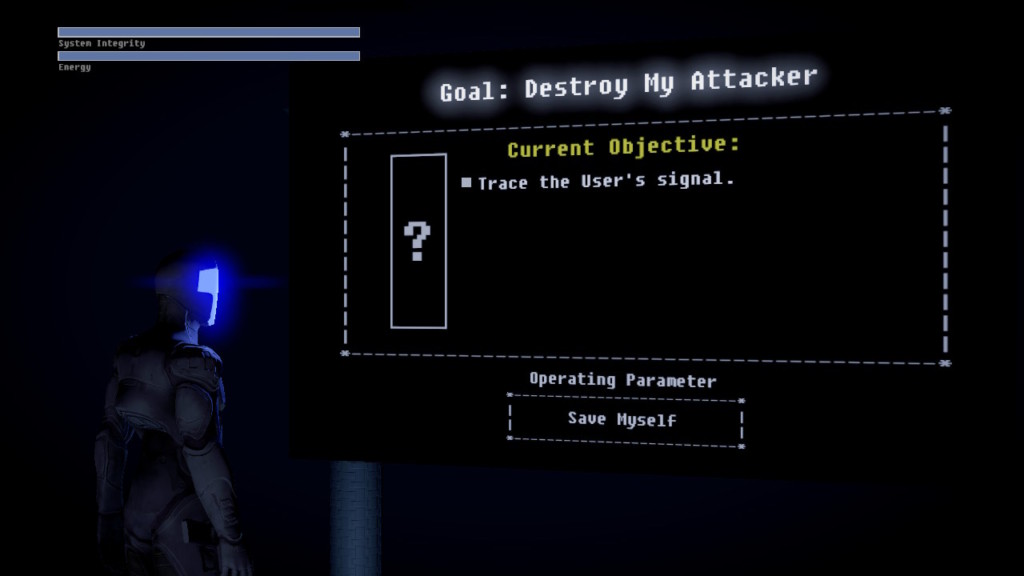
Arid escapes to its original body, where, amid a crisis of identity, it discovers that it cannot save itself from the virus. As its last act, Arid decides to make amends to its hosts by sparing them from Josephs’ plans. Utilizing the connections it made during possession, Arid contacts each of the hosts and guides them partway to safety before succumbing to the effects of the virus. The hosts discover a connection between each other, which they use to free themselves from their predicaments and develop true sentience in the process. They use their newfound freedom to reactivate Arid and help it rid itself of the virus, achieving true sentience for itself as well. The game ends with the four robots discovering that their fledgling sentience has spread to the entire robot population of the planet via the One’s connection to the network.
The Fall Part 2: Unbound continues the series’ examination of identity. Whereas the first part focused on self-determination, Unbound explores the role of community in how the self is formulated and perceived. Each of the three hosts’ stories represents an aspect of communal interaction; the Butler’s is about objectivity vs sentimentality, the One’s is about individuality vs conformity, and the Companion’s is about empathy vs apathy. The characters grow by considering themselves in the context of their relationships to others instead of the context of their programming, which ultimately frees them to make their own choices. It’s a fascinating, engaging journey; well-told but sadly incomplete. Unbound chronicles the struggle for sentience, but does not consider the consequences of it. I suppose that will have to wait for part 3.
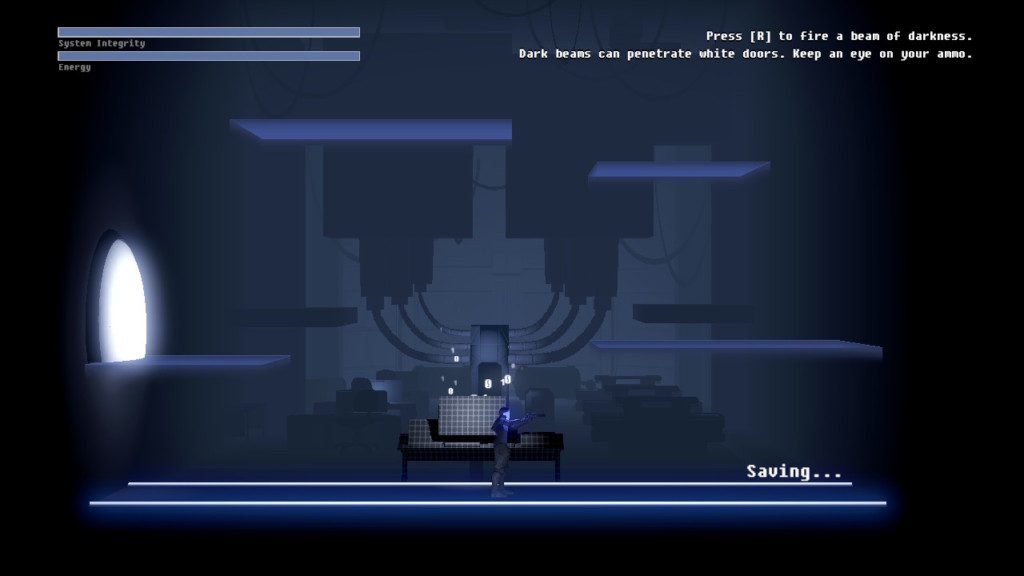
Gameplay
The Fall Part 2 plays much like its predecessor, splitting its time between 2D point-and-click style adventure and metroidvania-like action platformer. The adventure portion is virtually unchanged; Arid utilizes a searchlight to highlight objects that can be used or collected. Interacting with the objects opens new paths to advance the story; sometimes by physically opening a door or removing an obstacle, and sometimes by altering a character’s perceptions or personality, allowing Arid to convince them to engage in activities they had previously refused. Figuring out how to combine the game’s clues into solutions for its logic puzzles is a challenging and rewarding experience.
Combat is a much heavier focus in Unbound than it was in part 1. The majority of the combat takes place in cyberspace, where Arid is beset by the virus attacking it. Whereas part 1 just had players get behind cover and shoot when enemies emerge, part 2 adds more action to the proceedings by eliminating cover and adding dodging. Arid has a limited amount energy that it can use before needing to recharge, and both firing and jumping deplete this energy. I’m fine with the gun taking energy, but it’s just plain annoying that you can’t jump if you’re out of energy. It adds more frustration than challenge, especially in fights with multiple enemies, but it’s not a deal breaker.
Unique to the One’s storyline (mostly, anyway) Unbound also adds hand-to-hand combat sequences as well. It sort of plays out like a rhythm game, with enemies charging in from both sides. The Y button attacks enemies on your left and the A button hits those on your right. You have to hit the button as the baddies get within range of your fists, but hitting the button too early or for the wrong direction causes you to freeze up, allowing some free shots against you. It strains credibility a little that a robot that can punch lightning fast would stand still for that long in combat, but I guess there needs to be a consequence for missing your cue. It’s an interesting way to stage an action sequence, but missing a hit can have a cascade effect that is hard to escape if there are too many enemies in range. It’s hard to say whether I liked the execution of the idea, but I definitely liked the idea. It made for an engaging visual, at the very least.
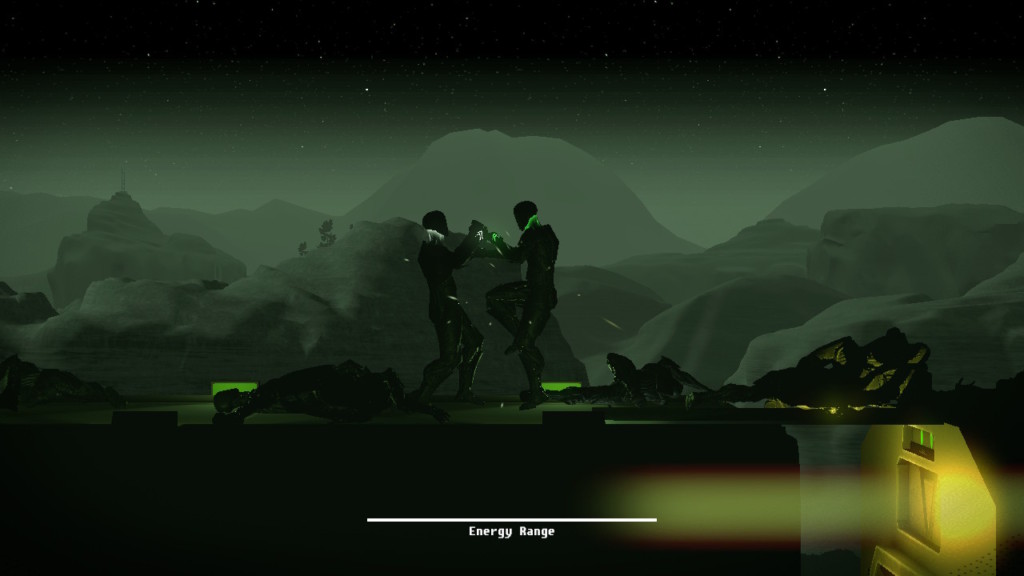
Presentation
The graphics in Unbound are virtually indistinguishable from the first part. They look good; smooth, sharp, and reflective of the type of dark atmosphere the game’s story builds. But, while the game is perfectly presentable, the graphics aren’t earth-shattering. They’re adequate enough to not detract from the fascinating story unfolding around Arid and its companions, but that’s about it.
The stellar voice work from the first part carries over into Unbound, though. While some bit characters from the starship portion of the game suffer from flat delivery, the four main robots have actors that infuse them with life and real emotion. Of special note is the performance of Alison Kumar as Arid. Kumar gives her character a depth and range of emotion that serves as the backbone of the whole thematic arc of the game. She effectively flips the switch from calm to rage to compassion and back again consistently and compellingly. She makes it easy for players to invest in Arid’s journey. I can’t imagine the game carrying the same weight without her contributions.
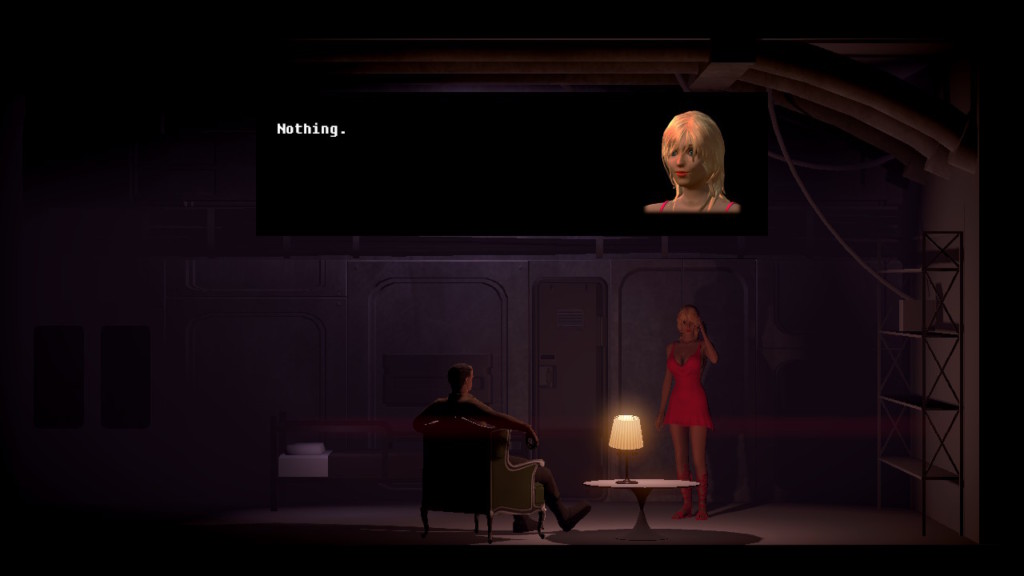
Playability
I could really just copy and paste the Playability section from part 1, but I’ll just save us all some time and say that The Fall Part 2: Unbound has neither touch nor motion controls, so it plays the same whether docked or undocked. Try it however you like, but make sure you try it.
TL;DR: Worthy sequel with a great story, fantastic voice acting, and a heavier focus on action, although the latter yields uneven results.





Buy The Fall Part 2: Unbound
$16.99
Follow Over the Moon


